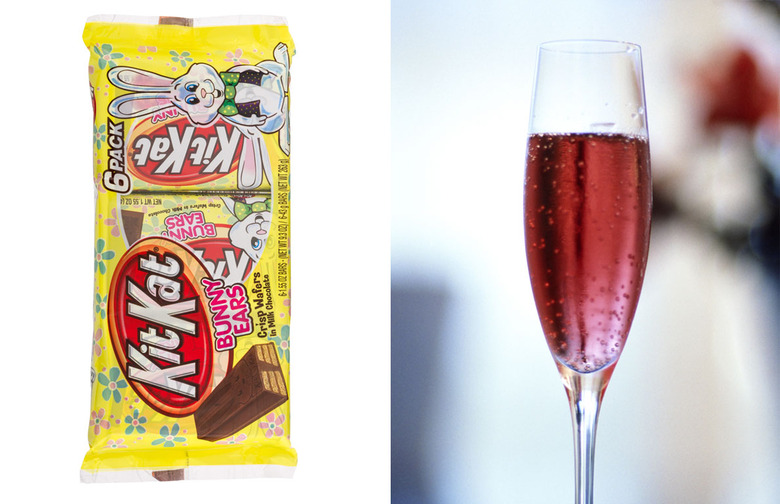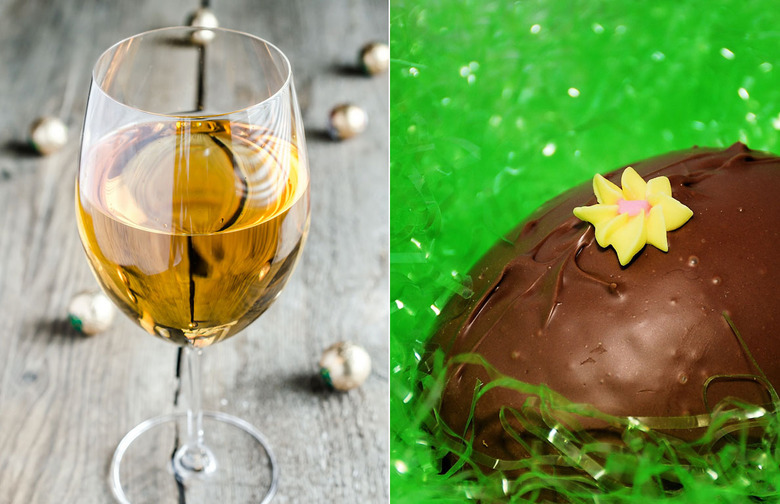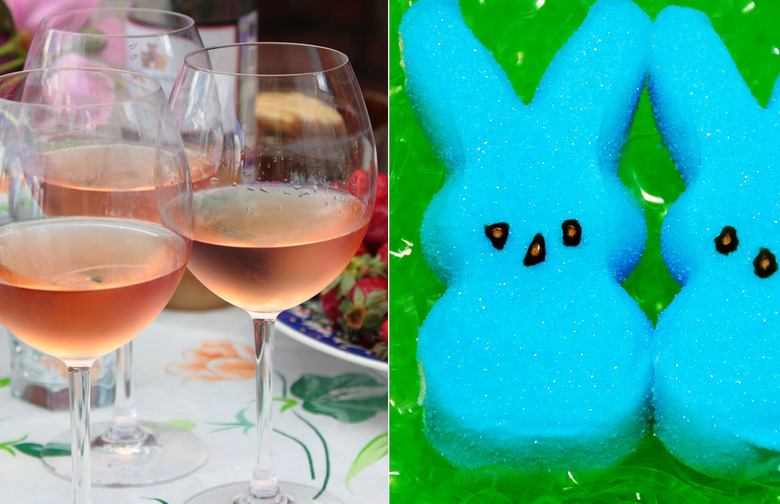What Wines Go With Easter Candies? Zinfandel, Dry Sherry, And More (Slideshow)
At first glance, you might think that candy and alcohol don't necessarily go very well together. But if you think of Easter treats as dessert, then there's no good reason why you shouldn't pour something a little spirited as an accompaniment.
Chocolate Bunnies
The French often say that the perfect accompaniment to chocolate is Banyuls, a so-called vin doux naturel, or natural sweet wine, from the Mediterranean town of the same name in France's Roussillon region. Made from grenache grapes, it is lightly fortified with neutral alcohol and has a concentration of fruit, itself a little chocolatey, that suggests ruby port to some tasters. Banyuls is available in the United States, but can be hard to find, so a good substitute would be a rich, ripe zinfandel, for instance Cline Ancient Vines zin. Or, if you want to splurge, try something from the masterful Turley.
Jelly Beans
Jelly beans come in a zillion flavors these days, some of them frankly a little scary, but the overriding sensation they leave on the palate is — let's be honest — one of sugar. To cut the often cloying sweetness of these little morsels, a grassy, acidic, even slightly sourish New Zealand sauvignon blanc (Nobilo makes nice ones, easy to locate) works nicely.
Creme Eggs
These foil-wrapped chocolate eggs, with their yellow-and-white fondant interior (mimicking the interior of real eggs), are a longtime Easter favorite in the English-speaking world — America included. Cadbury recently announced that it was changing the formula of the chocolate used, but this affects only eggs made in the United Kingdom. The American version, produced by Hershey, will remain the same. The nutty flavor and defining acidity of a medium-dry tawny port is a perfect complement to these not-overly-sweet treats. Warre's Otima 10-year-old is a lovely example.
Jordan Almonds
Plump whole almonds encased in white or pastel-hued shells of sugar, these confections are traditional at weddings (the bitterness of the almonds and the sweetness of the sugar are supposed to symbolize the bitter and the sweet of married life), but are also pretty much ubiquitous around Eastertime. These things are hard to stop eating once you start, and what better to wash them down with than a traditional accompaniment to roasted almonds — fino sherry from Osborne, Tio Pepe, or some other top producer?
Kit Kat Bunny Ears
Milk chocolate and crispy wafers combine to make these easy-to-crunch sweet snacks in the form of a couple of very straight "ears" extending from a smiling bunny bas relief. They're nothing serious, so call for a wine that's just a little frivolous — like a sparkly, pretty, dry but fruity Juve y Camps Rosé Brut Cava.
Peanut Butter Eggs
Whether they're homemade or from the good folks at Reese's, peanut butter eggs are sheer indulgent pleasure. Matching wine with chocolate isn't that hard, but peanut butter presents more of a challenge. Too much acidity clashes with its earthy flavor; "nutty" wines like fino sherry seem redundant; anything too light just gets overpowered. This is one case where something sweet actually works, especially if it's also aromatic, with a tinge of tartness, like California's classic Quady Essensia Orange Muscat.
Peeps
What can you say about the ultimate Easter candy? Are they frankly a little bland, a little too simplistically sugary? Who cares? These allegedly indestructible little candies, which seem to appear in more flavors, colors, and shapes almost weekly, are a tradition. They're iconic. They're part of our cultural heritage. Which may be precisely why they seem to like a little foreign flavor on the side: a dry rosé from France — a wine that won't clobber them but will perk them up a little — for instance, a Provençal entry like the popular Whispering Angel from Chateau d'Esclans.







